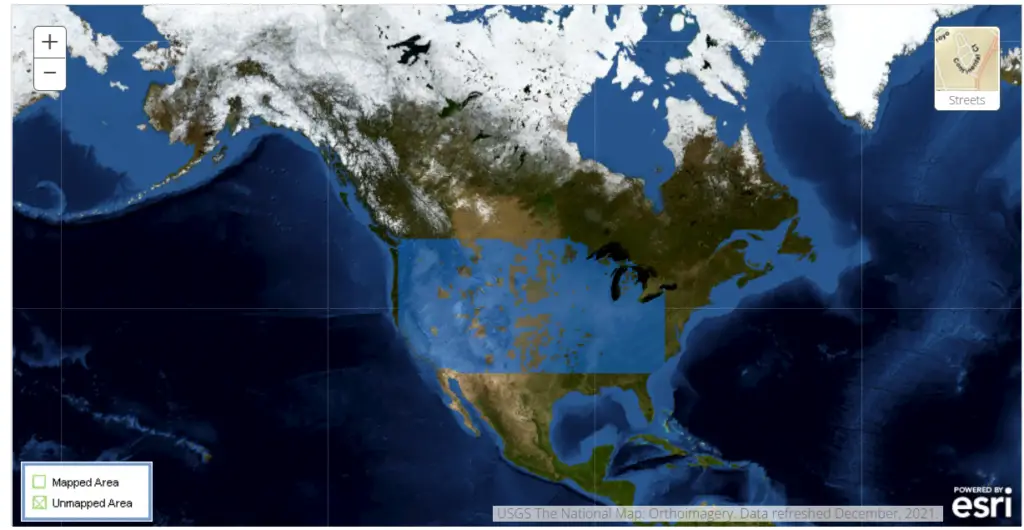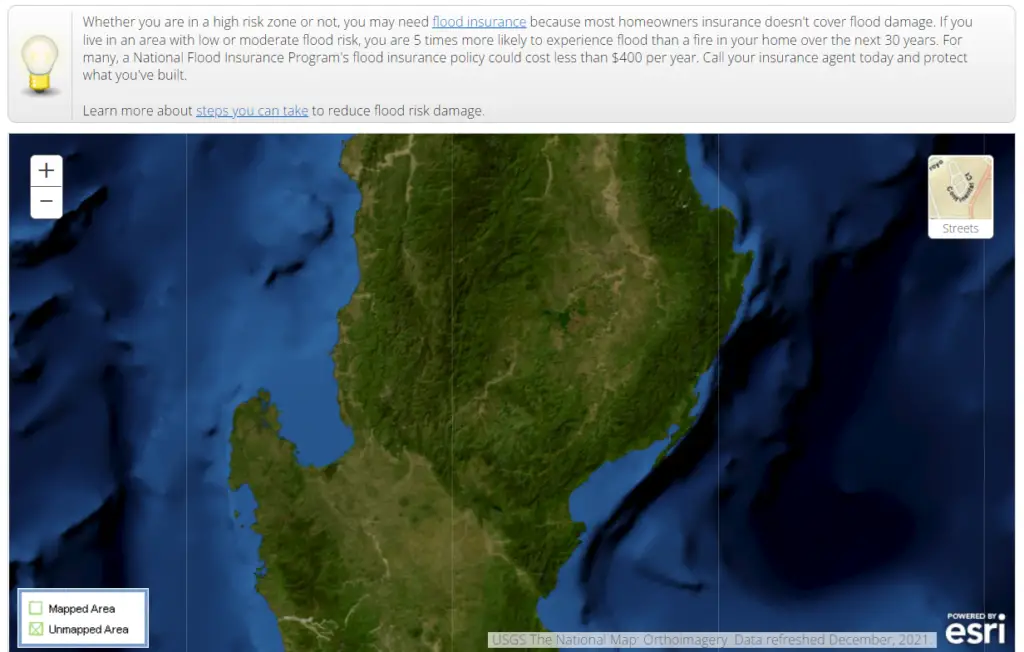
How to Know If You Live in a Flood Zone
Philippines is one of the countries that has many typhoons all year round and since it has half of the year with rainy season, you will often find flooded areas. And some of the most flood-prone areas include provinces which are Pampanga, Nueva Ecija, Pangasinan, Tarlac, Maguindanao, Bulacan, Metro Manila, North Cotabato, Oriental Mindoro, and Ilocos Norte, Rosario, Bacoor, Kawit, Noveleta, Naic, and the center of Cavite City.
Due to this, we need to know if you live in a flood prone or flood zone area which is included in this article.
Check the FEMA flood map
A tool provided by the Federal Emergency Management Agency, or FEMA, makes it simple to determine whether your address is located in a flood plain. The Flood Map Service Center displays details such as flood zones, floodways, and the risk rating for your residence.
Additionally, information regarding topographical and infrastructure elements, such as levees, coastal barriers, and the base flood line, is provided. The map might not make much sense at first, but it’s actually simpler to interpret than it appears.

How to use the FEMA Flood Map
Specific floodplains and the risk around your house are overlaid on the map. Labels like “Area of Minimal Flood Hazard” or “0.2 PCT Annual Chance of Flood Hazard” are acceptable.
Thankfully, you don’t have to interpret that on your own. For assistance in understanding some of the more challenging words, FEMA offers a glossary.
Some of the labels on the flood map can seem out of date when you look at it. These times only reflect the moment your region formally adopted the map. To see the most recent versions, you can turn these dates on and off or look at the Dynamic Map.
Understanding Flood Zones and Different Areas
FEMA frequently produces and updates thorough flood zone maps that show threats at the neighborhood level. Simply enter your location or ZIP code into the FEMA’s online flood map service center to see if your house is in a flood zone (opens in new window). Once you’ve found your neighborhood, you might see that it belongs to one of the FEMA’s categories for flood zones, which vary from low- to high-risk regions.
Flood zones have alphabetical labels (Zone A, Zone B, etc.). Insurers typically use these designations to assess flood risk and establish flood insurance premiums and conditions. The most typical flood zones and what they mean for you and your home are briefly explained below.
- Zone A: There are five different types of Zone A floodplains, and it is the most typical flood zone. Living in a non-coastal special flood hazard area is what it means to be in a Zone A flood zone. Your home’s Zone A classification will affect the cost of your flood insurance.
- Zone B: Homes in Zone B are at a moderate risk of flooding.
- Zone C: Homes in Zone C are only slightly at risk of flooding.
- Zone D: The danger level in this zone is unknown, although it implies a potential risk of flooding.
- Zone V: This area is very vulnerable to flooding and has a high risk of flooding in coastal areas.
- Zone X: Zones B and C are designated as Zone X on more recent flood insurance pricing maps.
Keep track of changes
Floodplains and flood zone classifications are subject to alter over time as a result of new building and topographical changes. Plan to check the categorization of your property’s flood zone approximately every five years.
You may improve your readiness for a potential flood by monitoring your flood zone classification, and you can also make sure that you always have the appropriate kind and amount of flood insurance.
To see other material construction prices, please see here.
To know other construction guides, tips, and methodology for beginners, veterans, and contractors, please see here.
To know the flood prone areas in the Philippines, Top 10 Flood-Prone Areas to Live in the Philippines.
